
Our first landfall after crossing the Drake Passage was the South Shetland archipelago and our first landing of the trip was at Hannah Point on Livingston Island. After a briefing on wet landings via Zodiac we had our first opportunity to gear up and learn the process of boarding via the mud room for the landings that would be a regular part of our subsequent days. The operation was very slick with the hardest part being waiting in all your layers in the relative warmth of the ship before boarding the Zodiac. Once on board and heading for land the cool air soon had temperatures back down with a fresh breeze in your face. We had light rain for the landing but this went unnoticed with the sensory overload of a penguin rookery comprising Gentoo and Chinstraps with a bonus of a few Macaroni Penguins. There were also some Southern Elephant Seals but not in a place that offered good photo opportunities. The olfactory stimulus of copious guano and the auditory barrage of thousands of penguins make an impression but, as a photographer, being most sensitive to visual stimuli, the overwhelming opportunities to observe and trying to isolate interesting scenes against decent backgrounds soon had the other distractions receding into the background. The following short video from the FujiX100s gives an impression of part of the Chinstrap colony. Unfortunately wind noise drowns out some of the bird noise. Fortunately it doesn’t convey the aroma of guano that permeates your clothes and followed us back to our cabin!
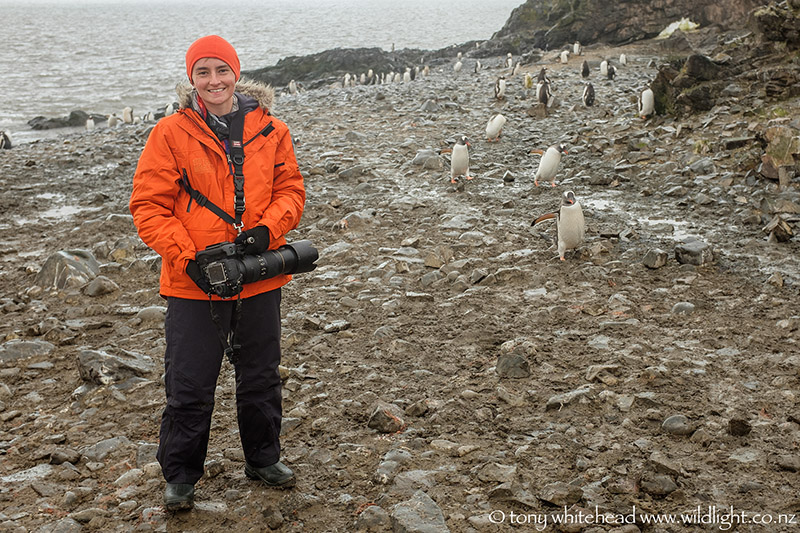
Hannah Point didn’t quite match my preconceptions of an Antarctic penguin rookery being rocky and muddy with some green grasses and moss but fascinating with Gentoo and Chinstraps in muddy creches awaiting freshly clean parents returning from fishing expeditions with food. A bonus was a group of Giant Petrels nesting on the slopes above the penguins. Interestingly human visitors seem to have little impact on penguin breeding success with any disturbance of the penguins being offset by the human disruption of Skua predation. Giant Petrels are more sensitive to human disturbance so we kept a good distance from them. Their nest defence involves bill snapping and ejecting foul smelling fishy oil from their crop at intruders so giving them space is wise on all counts.
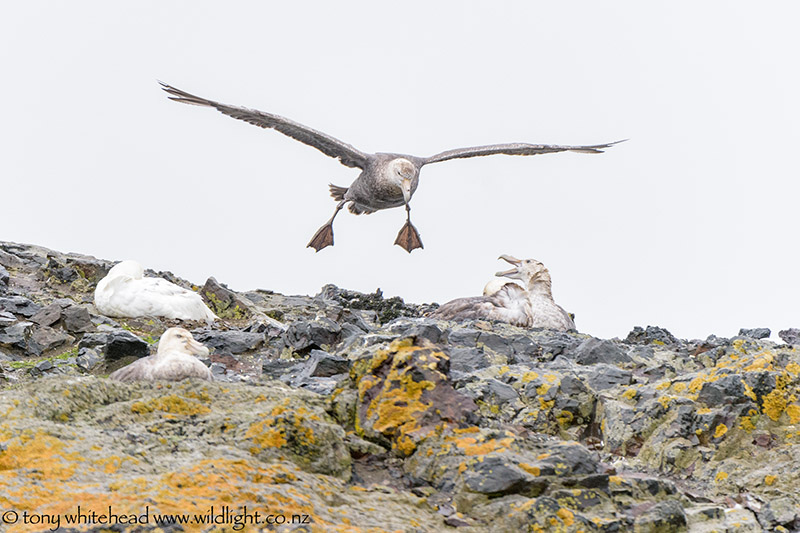


Looking back on our landing I would have liked to make better use of the opportunity but the overwhelming number of subjects can be distracting and makes it hard to concentrate on one and make the best of it. Having said that I managed a number of images that I am happy with and bring back precious memories of our visit.
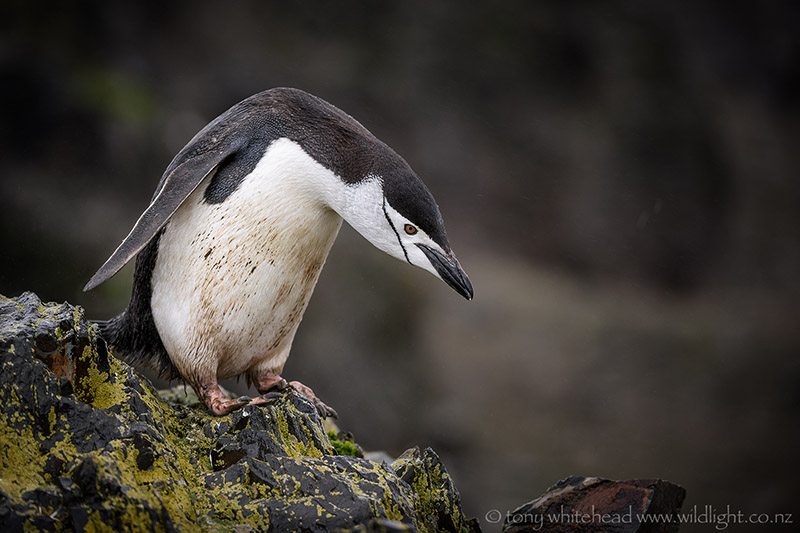
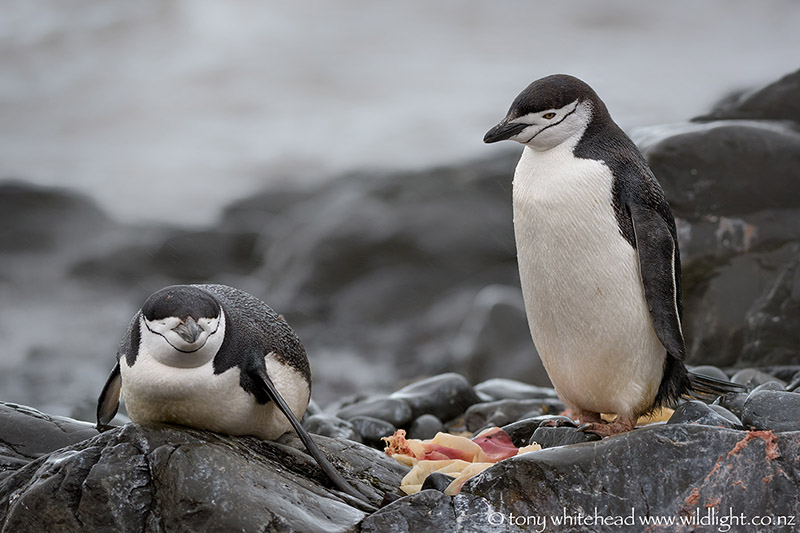
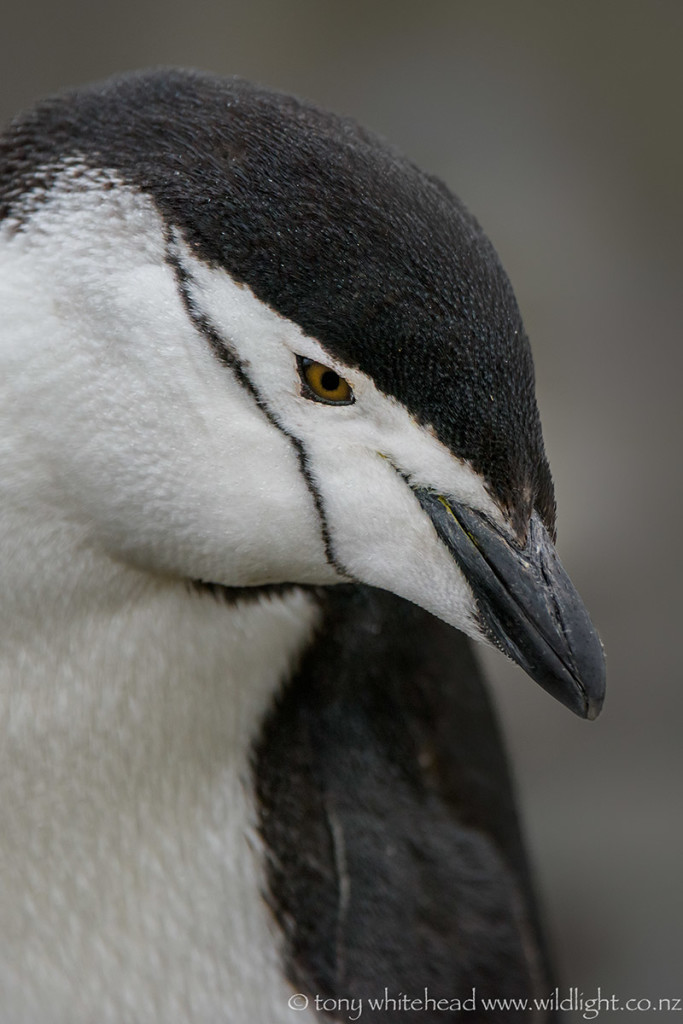

I am always on the lookout for opportunities to add to my Birds on White series and Hannah Point had perfect conditions to capture a Brown Skua.

All the bird images taken with Nikon D810 and 200-400mm f4 lens. Pano and photo of Edin taken with the Fuji x100s.
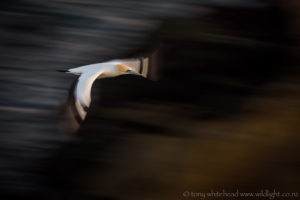
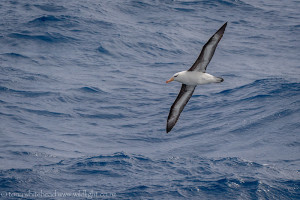
Pingback: Antarctica Master Post